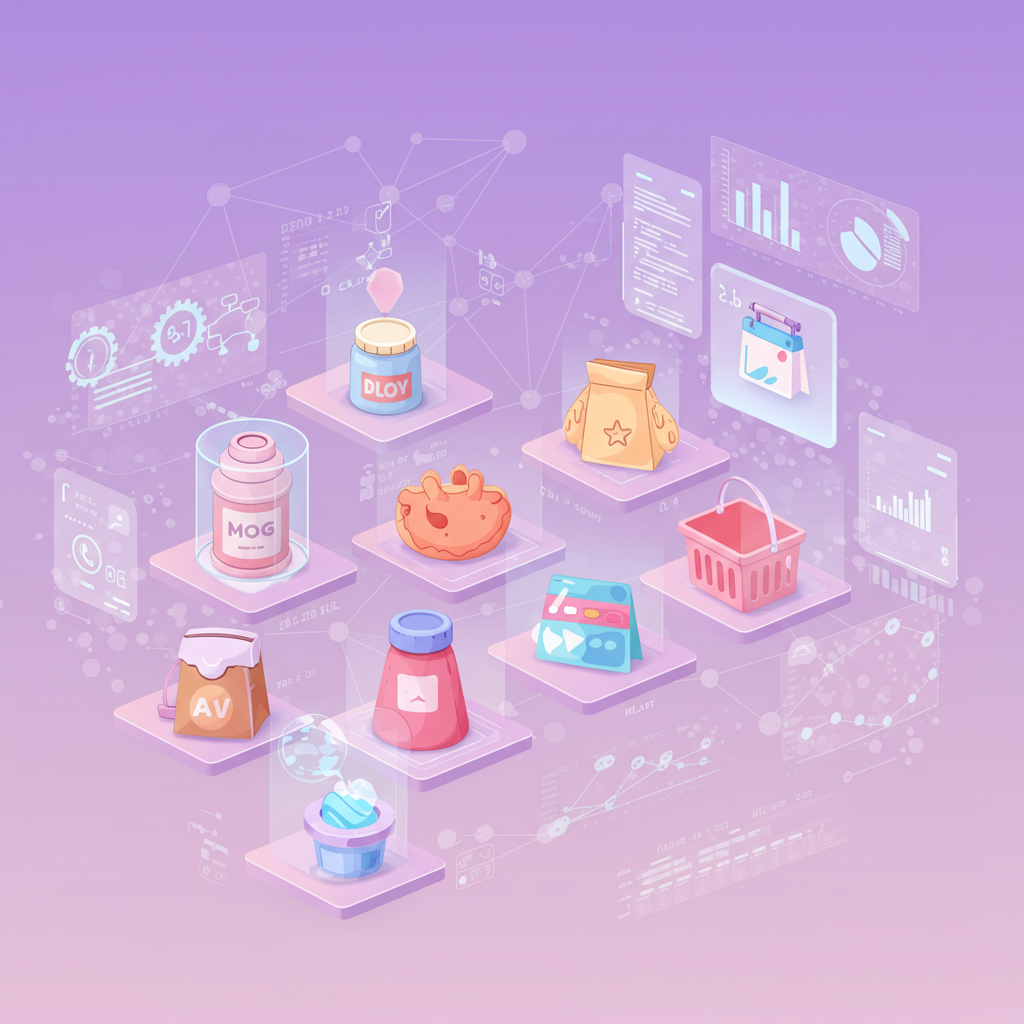As we look ahead, I’ve identified the pivotal shifts and innovations on the Shopify platform that I believe will define success for e-commerce businesses in the coming years.
The world of e-commerce is in a constant state of flux, isn’t it? What was cutting-edge yesterday is standard today, and what’s standard today will be obsolete tomorrow.
As someone deeply immersed in the digital retail landscape, I’m always looking ahead, trying to anticipate the next big wave.
And right now, my focus is firmly on 2026 and the transformative trends I see emerging for Shopify merchants.
Shopify, as we know, isn’t just a platform; it’s an ecosystem that constantly evolves, adapting to consumer demands and technological advancements.
For you, the merchant, staying ahead means not just reacting to changes but proactively preparing for them.
So, let’s dive into what I believe will be the most impactful Shopify trends by 2026, and how you can start positioning your business for success.
First on my list is the pervasive integration of **AI-Powered Personalization**.
This isn’t just about recommending products based on past purchases anymore; it’s far more sophisticated.
By 2026, I expect AI to be deeply embedded in every aspect of the customer journey on Shopify stores.
Think dynamic pricing tailored to individual browsing behavior, personalized content generation for product descriptions, and even AI-driven customer service bots that understand complex queries.
For you, this means higher conversion rates, increased average order values, and a truly unique shopping experience for each customer.
Next, I foresee a significant surge in **Headless and Composable Commerce** adoption.
While it might sound technical, the concept is simple: separating your storefront (what customers see) from your backend (where products, orders, and data live).
Shopify’s APIs make this increasingly accessible, allowing merchants to build highly customized, lightning-fast frontends using frameworks like React or Vue, while still leveraging Shopify’s robust backend.
I believe this will be crucial for larger, scaling businesses or those with very specific design and performance needs, offering unparalleled flexibility and speed.
Another undeniable trend I’m watching closely is the demand for **Sustainability and Ethical Sourcing**.
Consumers, especially younger generations, are increasingly making purchasing decisions based on a brand’s environmental and social impact.
Shopify is already facilitating this with apps that help track carbon emissions, integrate with sustainable shipping options, and highlight ethical production practices.
By 2026, I expect this to be a non-negotiable for many shoppers, meaning transparency in your supply chain and genuine commitment to sustainability will be key differentiators.
The evolution of **Social Commerce and Live Shopping** will also be profound.
We’ve seen the beginnings with Instagram and TikTok shops, but I anticipate much deeper integrations and more interactive experiences directly within social platforms.
Imagine seamless, one-click purchases during a live stream, or augmented reality try-ons directly within a social feed.
For merchants, this means investing in engaging video content, building community, and being ready to sell where your audience spends their time.
Speaking of AR, **Augmented Reality (AR) for Product Visualization** will become mainstream.
The ability for customers to ‘try on’ clothes virtually, place furniture in their living room, or see how a product looks in their space before buying will significantly reduce returns and boost confidence.
Shopify’s native AR capabilities are already impressive, and I expect them to become even more sophisticated and easier to implement for all merchants.
I also predict a strong emphasis on **Hyper-Local Fulfillment and Same-Day Delivery**.
Customer expectations for speed are only increasing. While not feasible for every product, for many, local warehousing and partnerships with last-mile delivery services will be critical.
Shopify’s growing network of fulfillment partners and integrations will make this more accessible, allowing you to compete with larger retailers on delivery times.
The **Subscription Economy** will continue to refine itself.
It’s no longer just about recurring payments; it’s about highly personalized, flexible subscription models that adapt to customer needs.
I expect Shopify apps to offer even more sophisticated options for managing these complex subscriptions, fostering long-term customer relationships and predictable revenue streams.
Furthermore, **B2B E-commerce on Shopify Plus** will see massive growth.
Businesses are increasingly looking to purchase supplies and services online with the same ease as consumers.
Shopify Plus is already well-equipped for wholesale channels, custom pricing, and bulk orders, and I believe more traditional B2B companies will migrate to the platform for its user-friendliness and scalability.
Finally, **Data Privacy and Trust** will remain paramount.
With evolving regulations like GDPR and CCPA, and increasing consumer awareness, transparent data handling and robust security measures will be non-negotiable.
Shopify provides many tools to help with compliance, but it’s your responsibility to ensure your practices build and maintain customer trust.
Ultimately, all these trends point towards a more seamless, personalized, and ethical shopping experience.
The key for you, the Shopify merchant, is to remain agile, experiment with new technologies, and always put the customer at the center of your strategy.
What do you think about these predictions? Are there any other trends you’re seeing that I missed?
Preparing now for these shifts will ensure your Shopify store isn’t just surviving but thriving in 2026 and beyond.
The platform’s robust ecosystem and continuous innovation make it an exciting place to be for any entrepreneur.






